A west Kerry photographer has gifted his precious collection of 20,000 images depicting everyday life to his local community.
The impressive images were captured by Aodán Ó Conchúir, who worked as a freelance photographer on the Dingle Peninsula during the 1970s, 1980s and 1990s.
The photographs in the collection capture a transitional period in west Kerry, when the old way of life was being transformed by a wave of modernisation.
Mr Ó Conchúir's scenes feature farmers still working with horses and donkeys, thatch-roofed houses and fair days held on the streets of Daingean Uí Chúis. Many of the area’s most important social gatherings are also preserved in the collection.
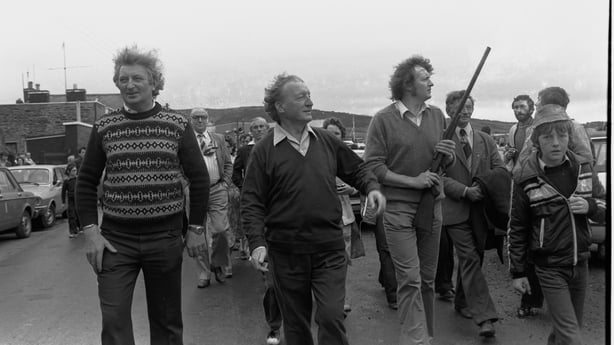
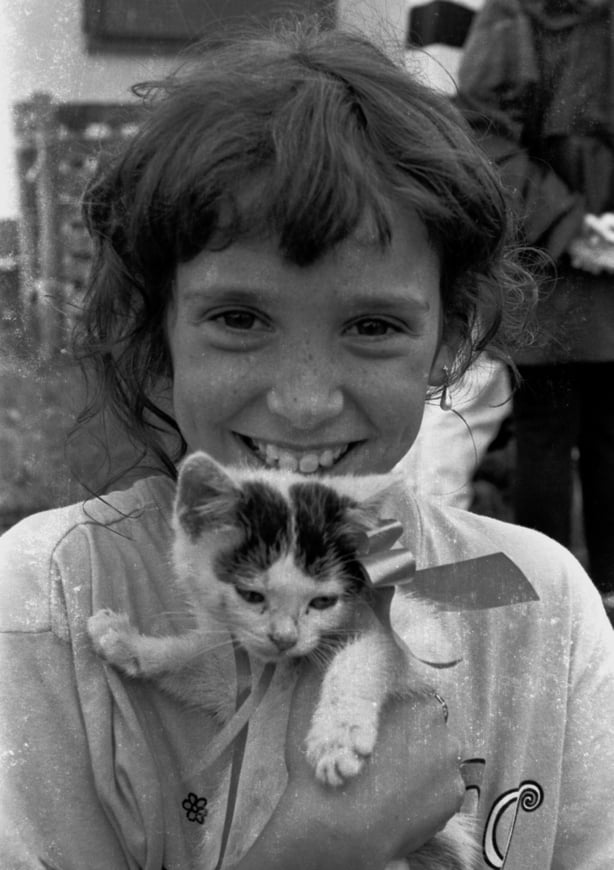
Some of the most striking images were taken during naomhóg races at the local regatta, annual sheep fairs and other sporting events. Prominent local personalities he photographed include former Kerry footballers such as Paddy Bawn Brosnan, Páidí Ó Sé and Liam Higgins.
Some of the big news stories featured in the collection include the wrecking of the Ranga, a Russian tanker, near the picturesque Com Dhíneol strand and the brutal killing of a crewman on another ship, the Skyhope, in Smerwick harbour.
Some well-known visitors to west Kerry photographed by Mr Ó Conchúir include former taoiseach Charlie Haughey, Paul Hill of the Guildford four, and singers Dolly Parton and Dolores O’Riordan.
However, the most striking images in the collection are the portraits he made of local people. Being a native of the area granted Mr Ó Conchúir both access and trust as he documented his own community.
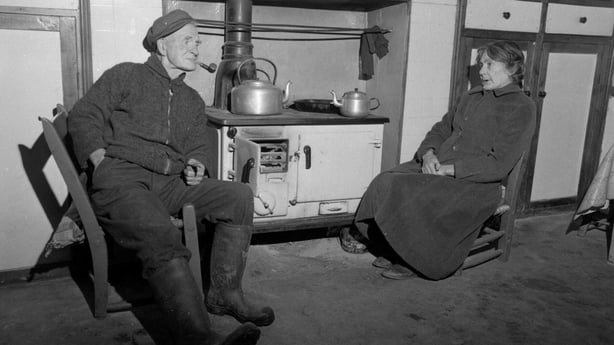
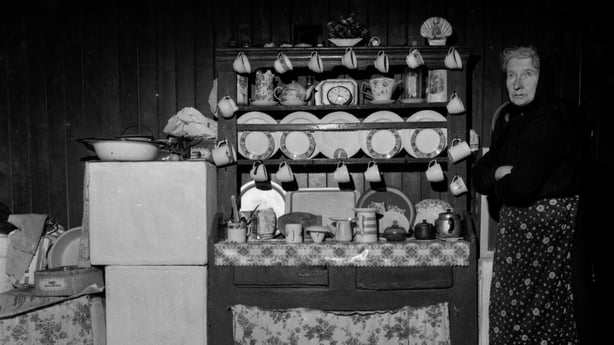
A community development organisation, Comharchumann Forbartha Chorca Dhuibhne, plans to preserve and digitise the collection with a view to making it available to the wider public. The collection holds an estimated 20,000 negatives, carefully arranged and catalogued in 250 boxes.
Having spent a number of years working for the Lenmans press agency in Dublin, Mr Ó Conchúir returned to his native west Kerry in the mid-70s and continued to operate as a freelance photographer for publications such as The Kerryman and the Cork Examiner. He worked almost exclusively on his home peninsula.
"The newspapers were naturally only interested in the big names, the celebrities that came here, but I always found the local people much more interesting." said Mr Ó Conchúir.
"I knew these wonderful people represented a way of life which was disappearing and I wanted to capture that. They knew me and I knew them. I was able to talk to them in their own language. They were very kind and generous to me."
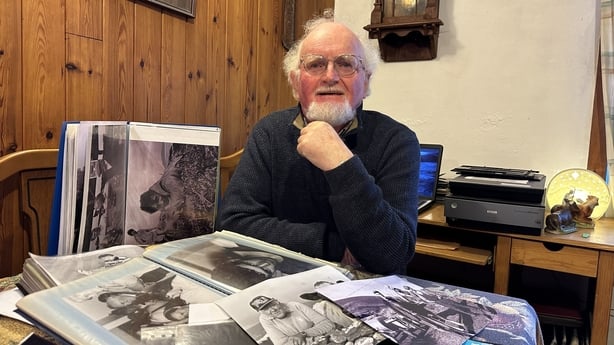
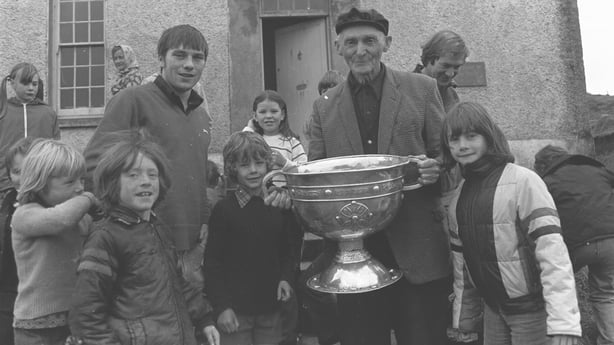
Mr Ó Conchúir took all his photographs in black and white, due to serious visual impairment he suffered following a severe bout of meningitis when he was 24 years old.
"I can only see in black and white. I can’t see colours. When I got meningitis I lost my sight and my memory. I still have problems. I was fortunate I didn’t die, I was very sick. With time my vision gradually improved but everything is still in black and white. I can recognise colours but everything is black and white."
Ruth Uí Ógáin of Comharchumann Forbartha Chorca Dhuibhne said Mr Ó Conchúir’s work is an invaluable resource for the local community and researchers on a national level.
"Especially the images from the 70s and 80s, they are really special. Life was changing very rapidly, not just here in west Kerry but all over Ireland. So, these images are a very important social document and of huge value to the local community but also they have national significance. They are a wonderful record of Irish social history during that period." she said.
Mr Ó Conchúir said he hopes people will take enjoyment from the collection and that it will honour the people featured in his photographs.
"I’m getting old and I want the photographs to be looked after and I want people to enjoy them. I didn’t realise it at the time, but I look at them now and I say 'wow’, these images are very nice. They are special photographs of a special community. They were friendly honest hardworking people."







